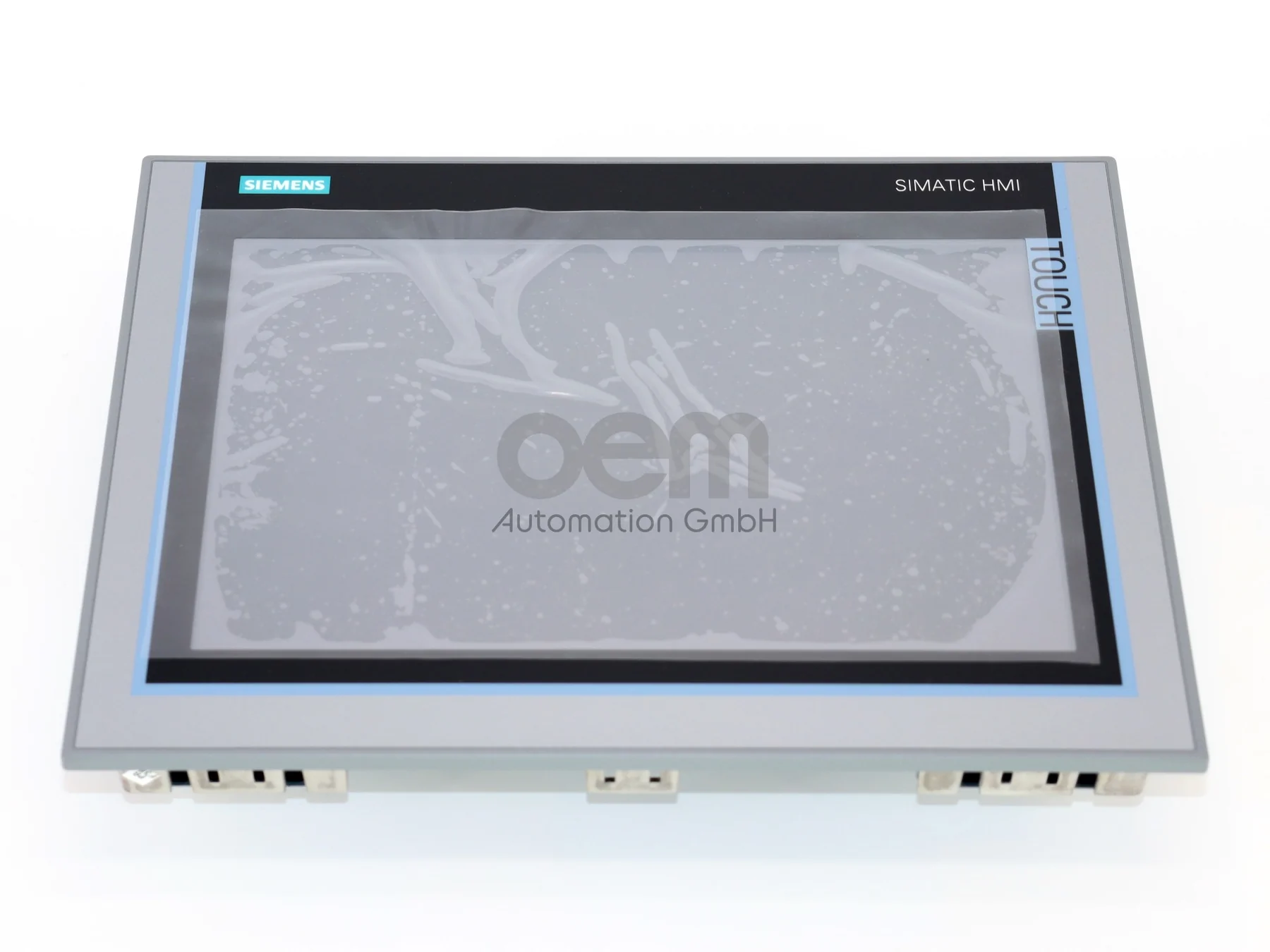Advantages of Partnering With an OEM Automation Solution Provider

If you’re looking for an automation solution, you may be wondering what the difference is between partnering with an OEM and a system integrator. Here are some of the advantages of partnering with an OEM. Also, learn about the benefits of outsourcing automation. OEM Automation can also provide customized automation solutions. In addition to saving money, working with OEMs can also streamline the installation process.
System Integrator vs OEM
System integrators are often able to offer a wide range of equipment from several different suppliers. This makes it easier for them to meet your requirements and to offer solutions tailored to your needs. In some cases, it may be more convenient to work with a manufacturer than a system integrator. They are also better able to identify replacement parts quickly.
However, outsourcing automation to an SI may offer other advantages, such as a fresh perspective. The outside perspective can help prevent tunnel vision. An SI will be constantly exposed to the latest technologies and equipment, and can offer you new ways to accomplish your goals. OEMs can sometimes be a bit limiting and only offer you a mediocre solution.
Ultimately, you will need to choose a company that is able to integrate new systems seamlessly into your existing operations. A systems integrator will be able to do this by assessing your business needs and working closely with your employees. OEMs may offer a wide variety of equipment, but system integrators specialize in different types of production processes.
A system integrator can help your manufacturing business grow by providing strategic solutions. It can help you implement new technologies such as the Industrial Internet of Things, predictive maintenance, and more. According to ARC Advisory Group, manufacturers are increasingly looking to certified system integrators to implement and support their new automation systems.
Advantages of partnering with a vertically integrated OEM
When partnering with a vertically integrated OEM, you’re getting a company with the resources and the ability to handle your manufacturing needs. This means less downtime and reduced costs. For example, vertical integration allows a company to eliminate the need for third-party suppliers and streamline the entire process from obtaining raw materials to selling their products. In addition, you’ll have greater control over your supply chain and can offer lower-priced, higher-quality products.
Partnering with a vertically integrated OEM will also allow you to access engineers and material scientists at the earliest stages of a project. They’ll even work with you to conduct laboratory tests and provide technical support. This type of partnership will help you meet evolving needs and keep costs low by offering solutions that are tailored to your specific requirements. Plus, you’ll enjoy a more responsive partner that will focus on long-term benefits for your brand and company.
Another advantage of partnering with a vertically integrated manufacturer is their commitment to quality. They’ll have a dedicated team that can solve critical production issues. They’ll also have extensive onsite capabilities to perfect final assembly and engineering processes. This means you’ll benefit from a higher standard of quality and better financial stability. In addition, vertically integrated OEMs are less likely to miss opportunities to cut costs while maintaining quality.
Working with a vertically integrated OEM can cut down on the time and cost associated with complex manufacturing. In addition to reducing the risk of a product going to waste, vertically integrated manufacturers can help you save money on labor costs. By focusing on manufacturing processes, vertically integrated OEMs can maximize throughput without excessive costs. Lastly, they can leverage their employees’ diverse skills to solve complex problems.
Benefits of Outsourcing Automation
In today’s global business world, OEMs can reap multiple benefits from outsourcing automation. The process helps OEMs improve their productivity, efficiency, and profitability, while simultaneously reducing costs. However, OEMs must be careful when choosing an outsourcing partner. Not only do they need to be sure of the quality of output they receive, but they also need to make sure they’re getting the best price for their products. In addition, they need to ensure that their outsourcing partner can meet the deadlines, which means that they need to have reliable and consistent transportation and logistics plans.
Automation projects can be costly, and companies should consider all costs before making the decision. The upfront cost of an automated assembly line may outweigh the savings they’ll realize. Manufacturers must also determine how much they’re willing to spend on the system, and they should consider their volume and part mix.
Outsourcing also provides flexibility. Outsourcing allows companies to expand their product lines and introduce new products and services, as well as sell to international markets. Additionally, they can protect their proprietary processes and technology. With the right outsourcing partner, OEMs can protect their intellectual property and keep their processes and quality standards high.
Outsourcing allows OEMs to reduce labor costs by automating assembly processes. For example, the use of blockchain technology can help track the path a product takes from raw materials to store shelves. As a result, these companies can save on labor costs and headcount. In addition to increasing productivity, OEMs can reduce their costs by automating their production processes.